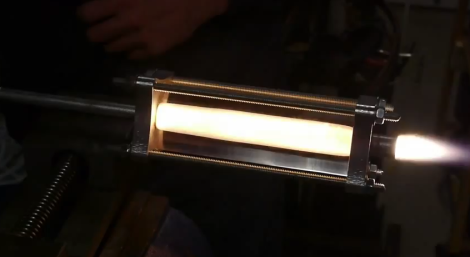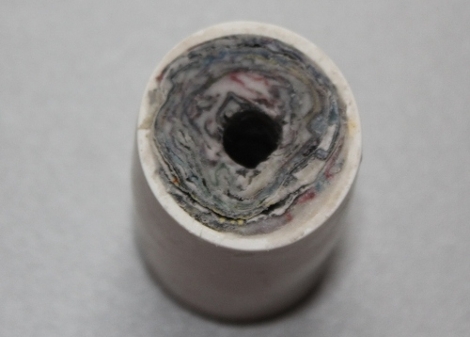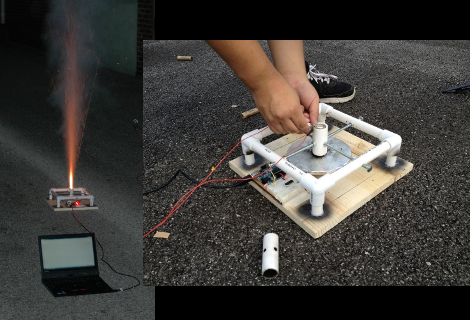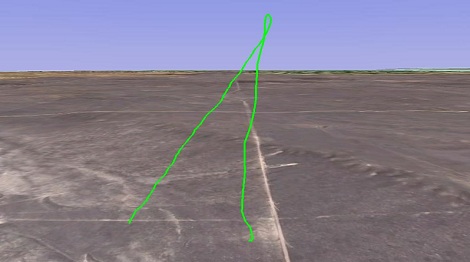
Most any rocket engine you’d find on a spacecraft – save for solid or hybrid rockets – use an engine system that’s fairly complex. Because of the intense heat, the fuel is circulated around the chamber before ignition giving a motor its regeneratively cooled nomenclature. This arrangement leads to a few complicated welding and machining processes, but surprisingly these obstacles can be overcome by simply printing a rocket engine on a 3D printer.
The current engine is quite small, but still fueled just like any other proper rocket engine that makes it into Earth orbit. The fuel is propane, the oxidizer is NO2, and the entire device is ignited with an automotive spark plug. Of course this was an expensive proposition; a motor with 12 pounds of thrust cost somewhere in the range of four figures.
Printing a rocket engine has a few advantages over traditional manufacturing techniques. [Rocket Moonlighting] explains that traditional techniques (mills, lathes and other heavy equipment) are bound by labor, material, and time. The costs of printing a rocket engine are only bound by the volume of the finished piece, meaning the most expensive engine per unit of thrust is the one that will fit in your pocket; scaling up means more efficiency for less cost.
There are a few videos up after the break showing the engine in action at full throttle, a few start and restart tests, and a test that involved throttling the engine. It’s an extremely impressive piece of kit, and hopefully [Rocket Moonlighting] will release the CAD source so we can make our own.
EDIT: [RM] tells me his engine cost less than $2000 to make. If just 10 people wanted their own engine from a ‘group buy,’ the price would drop by more than half. If you’d like your own 3D printed rocket engine, you might do well to drop [Rocket Moonlighting] a line.





















